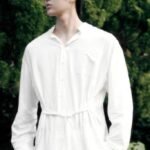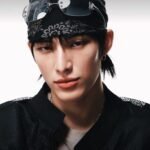Kia Corp. said on Tuesday that it signed a local sales agreement for purpose-built vehicles (PBVs) with Japan’s trading company Sojitz Corp.
Under the agreement, Kia, in partnership with Sojitz, will begin selling its first dedicated PBV model PV5 locally starting in 2026.
Sojitz is a diversified trading company operating global businesses in various sectors, including automobiles, energy, metals, chemicals and food. It also handles Kia’s dealership operations in Panama.
Kia explained that it decided to introduce the PBV model to the Japanese market in response to the anticipated increase in demand for small- and medium-sized electric vans, driven by the Japanese government’s policy to convert 30% of new car sales to electric vehicles by 2030.
PBVs are next-generation electric vehicles built on a dedicated platform, which can be customized into various forms to suit the user’s specific needs.
Kia plans to leverage the efficient space utilization of PBVs to offer Japanese consumers new business and lifestyle solutions.
The company also aims to build a PBV ecosystem through partnerships with local companies. It may introduce additional models, such as the PV7.
The PV5, set to be launched in Japan, will feature the CHAdeMO charging system, tailored for the local environment, and will come equipped with V2X (vehicle-to-everything) bi-directional charging technology, offering strong market competitiveness.
By Jin-Won Kim
jin1@hankyung.com














